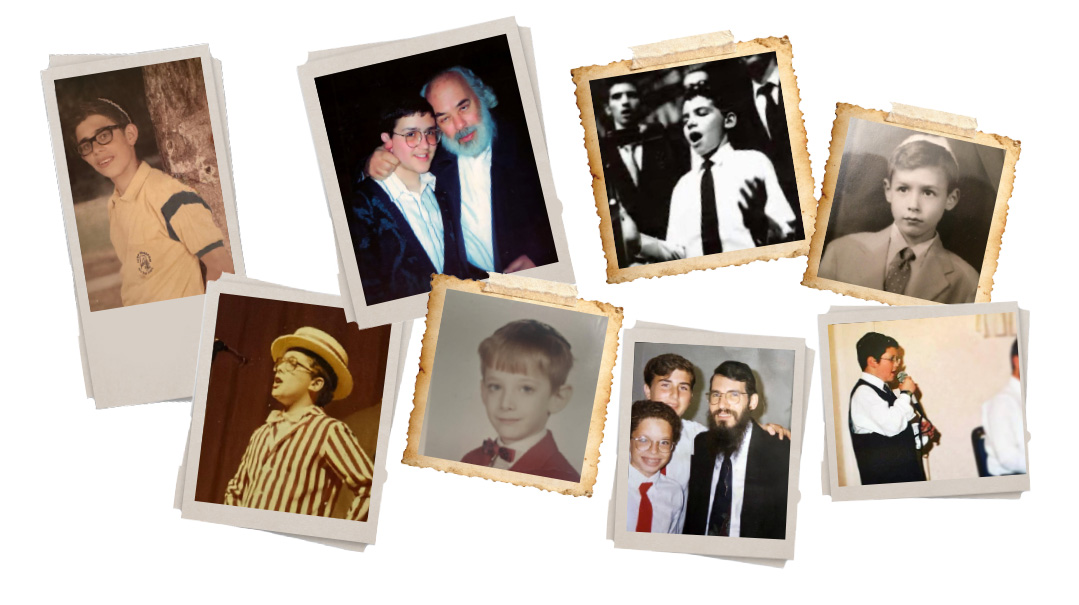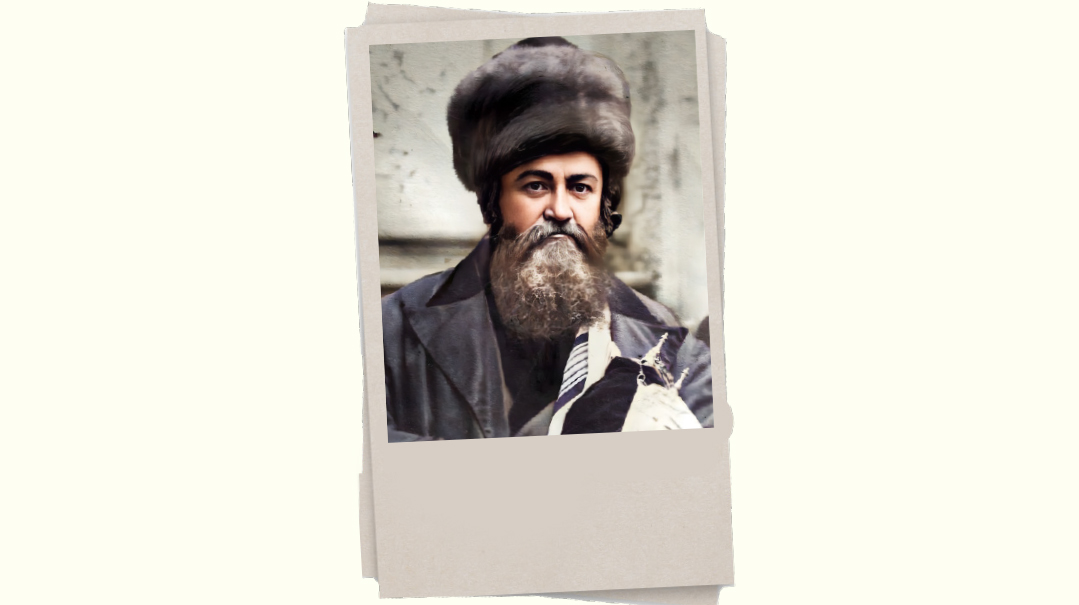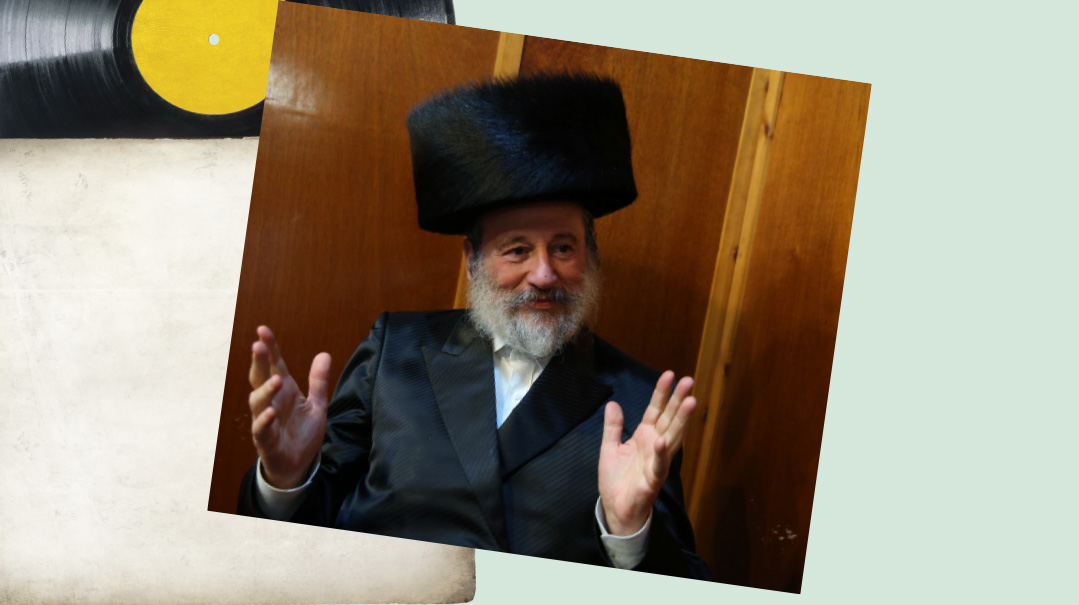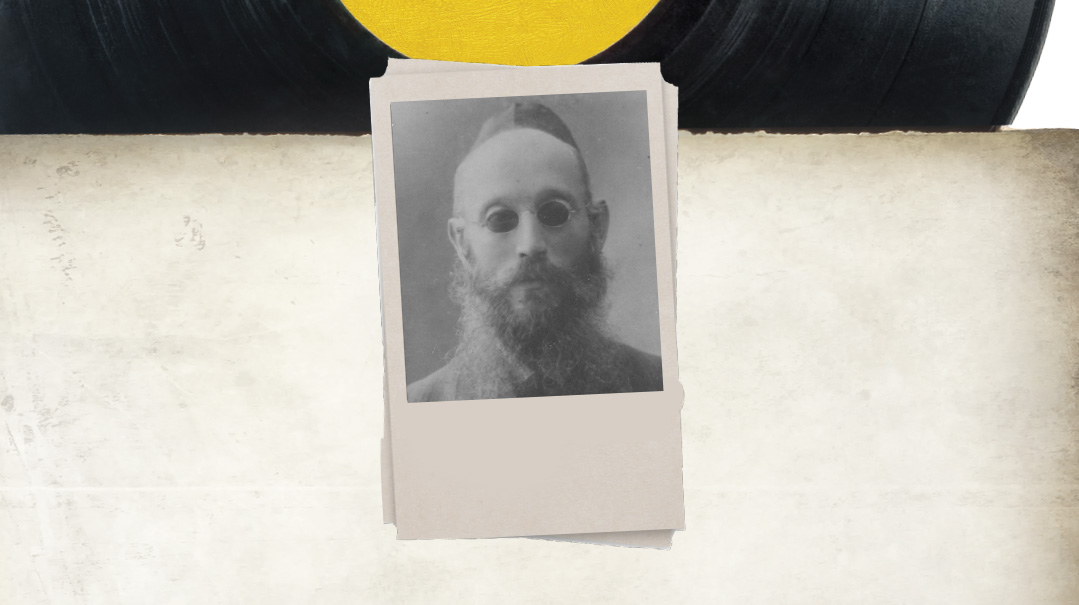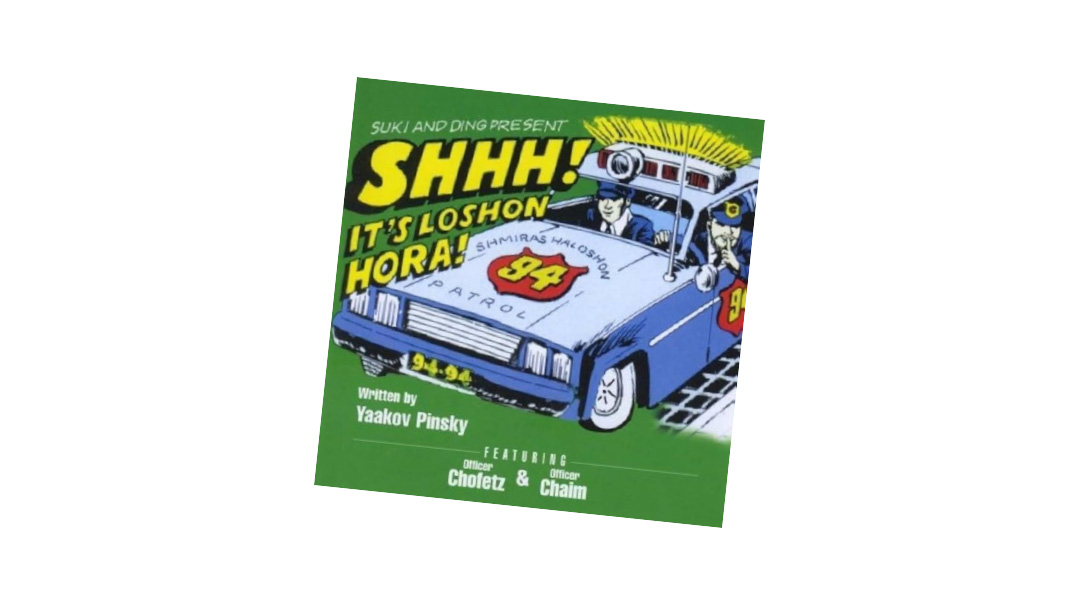A Cassette in Record Time

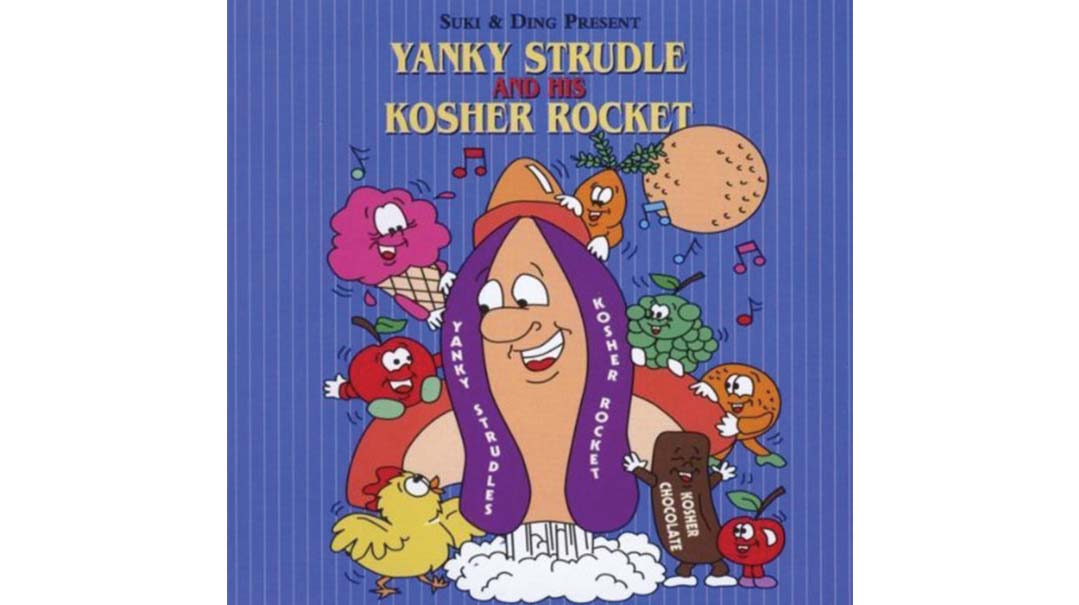
O
ne of the questions I’m most often asked is how long it actually takes to make an album. Well, I would say that the average CD takes about six months from beginning to end. First, there’s the search for the songs, then the meetings with the arranger to decide on the style of the music, and then the recording of the music. That’s followed by the vocals. The final stage is called “mixing,” where the artists sits with the engineer and works on the levels of each instrument, the tuning of the vocals, and the overall sound of the album.
But don’t hold me to that time factor, because back in 1988, we probably set a record for the fastest casette in history.
For those who remember, that year there was an event called The Kosher Expo. It was a four-day event, held at the Jacob Javits Convention Center and produced by Menachem Lubinsky of Kosherfest fame. Over the four days, there were close to 100,000 people who attended the expo. People came for the free food, although some companies chose to sell their products as well. Suki & Ding was one of those companies. We were very successful at the previous first expo, and the week prior to this second expo, we came up with an idea of releasing a special recording called “Kosher Kitchen,” which would be songs about kashrus, geared to children. It seemed like an impossibility, as we’d have to have the recording ready for duplication in only two days’ time in order to pull it off. Could we meet the challenge?
I went into my office and made a phone call to Chazzan Seymour Rockoff a”h of Harrisburg, Pennsylvania, who was known for his brilliant Jewish parodies of secular hits. I told him I needed five songs related to “kosher,” and that I needed it by that evening. He mockingly replied, “You sure you don’t need it yesterday?” I said, “You do five, and I’ll do the other five, and we’ll meet in the studio tomorrow at 5:00, where you can sing your compositions.” Believe it or not, a few hours later, the ten songs were written, and then Suki stayed up all night to arrange the ten songs he had been given that day. At 11:00 a.m. the next day, we went into the studio with the musicians and spent the first four hours recording the music. Suki then spent the next two hours adding synthesizer. At 5:00, Seymour came in, went straight into the recording booth and sang his five songs. The amazing thing was that he hadn’t even written the words down — he sang his five songs by heart. At 7:00 p.m., the extremely talented musician and audio engineer Larry Gates a”h came into the studio and took care of the remaining five songs.
After that, we spent about an hour adding some sound effects and harmonies, which brought us to the final stage: the mixing of the album. At 5:00 a.m., we put the ten songs in their proper order, breathed a sigh of relief, and went to daven Shacharis. It took just 17½ hours from the first note to the final finishing touches. While all this was happening, we also had to arrange to have the cover created so that it would be ready to be reproduced. The master copy of the cassette was hand-delivered to the duplication company that morning, and three days later, was ready to be sold. It made it to the expo. We ended up calling it Yanky Strudel’s Kosher Rocket.
How much did it cost us to produce? While we never share that information, let’s just say, it cost more than a Mishpacha magazine subscription, but less than a Pesach Program on the French Riviera.
(Originally featured in Mishpacha, Issue 706)
Oops! We could not locate your form.
